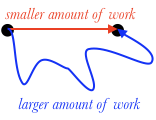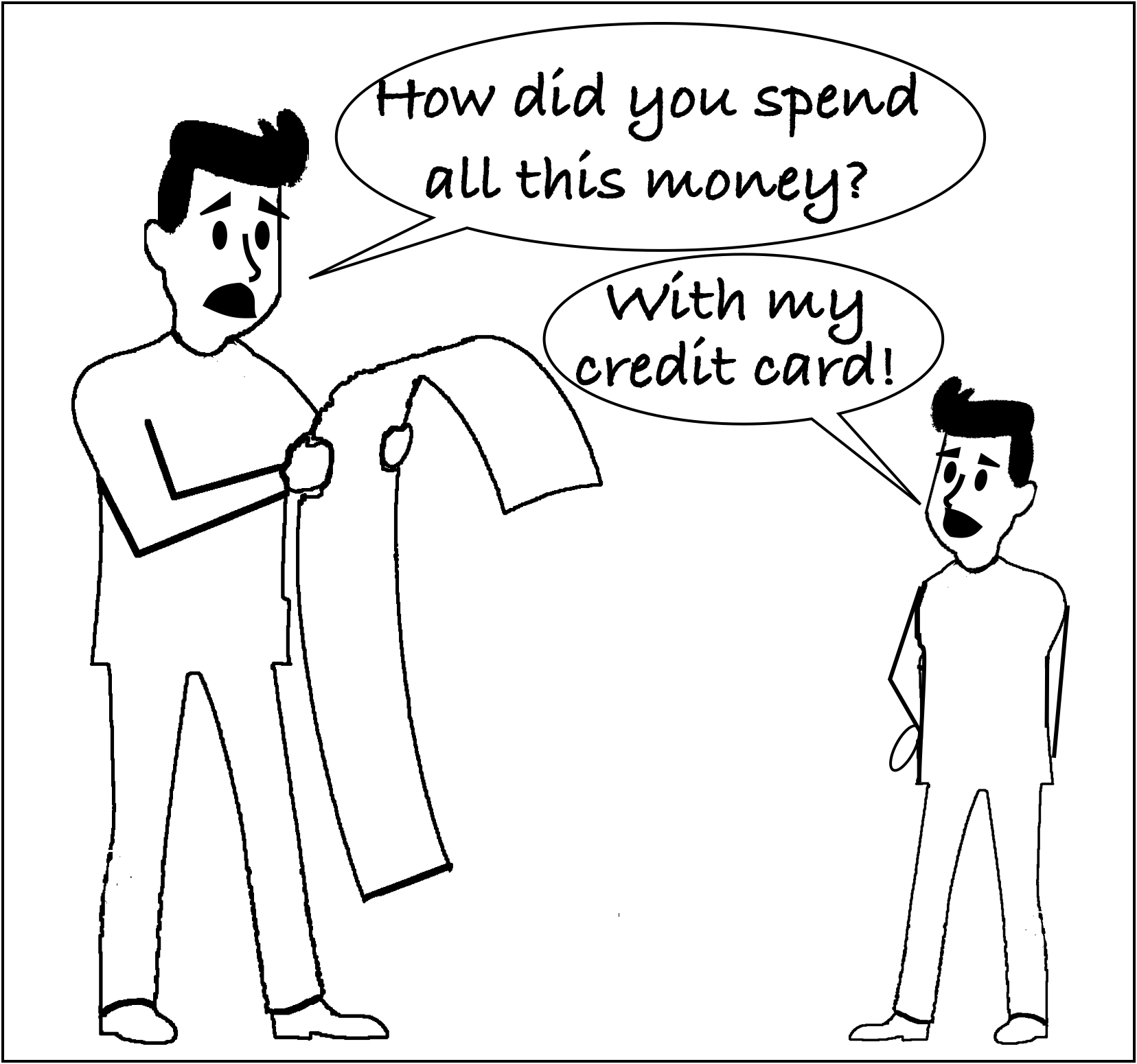Frictional Work
When an object experiences kinetic friction as it moves, the kinetic friction always points in the direction opposite the motion; therefore kinetic friction always does negative work:$$W=-\mu_KNd$$

Recall that $\mu_K$ is the coefficient of kinetic friction, N is the normal force between the two sliding surfaces, and d is the distance the block travels. This is a good chance for us to see the distinction between displacement and distance: the work done by kinetic friction depends on the path the object takes, not just the endpoints.

So kinetic friction steals energy, but where does the energy go? It doesn't do to say "into work", because work is the transfer of energy, not a type of energy itself. Work is like a credit card, a means of transferring energy from one object or type to another.
Most of the energy stolen by friction is converted into thermal energy. Rub your hands together quickly, and you can feel them becoming warmer, which means their thermal energy has increased. Your hands also make a sound when you rub them together: that's motion energy becoming sound energy. Both are types of dissipated energy: energy which is dispersed into the environment is difficult to gather back up and use again. Because it dissipates energy, we call friction a nonconservative force.